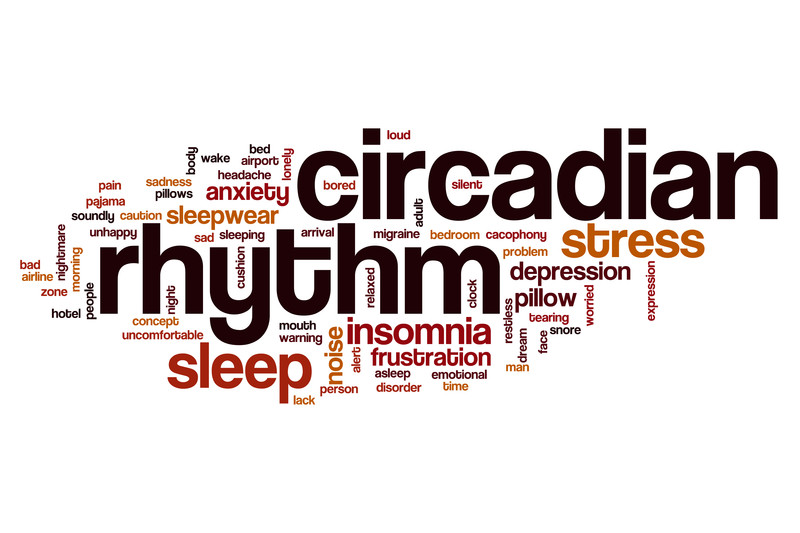
If you have ever experienced what is referred to as “jet lag,” then you are familiar with the idea of your circadian rhythms. In recent years, researchers have been increasingly learning the important role that they play in our lives, including when it comes to our health. We have also learned that they even have an impact on experiencing chronic pain and neuroinflammation.
Research published in the September 2017 issue of the Journal of Neuroscience Research covers a review of examining the current literature that is available on chronological control of neuroinflammation processes. Their focus in the review was on inflammatory and neuropathic pain states. The researchers recommend that through a better understanding of the interactions between our circadian rhythms and the neuroimmune system, health care professionals will be able to use the information to help create new treatments in an effort to help patients suffering from pain (1).
Circadian rhythms, according to the National Institutes of Health, are physical, mental and behavioral changes that follow 24-hour cycles (2). They typically respond to light and dark stimulus and found in most living things. There is a genetic component to them and they can affect the body’s function and health. They influence such things as sleeping patterns, hormone release, and body temperature, among other things.
While some people are familiar with circadian rhythms affecting their sleep-wake cycles, they may not realize that it can also make a difference when it comes to their chronic pain. In fact, according to the Arthritis Foundation, researchers believe that the circadian rhythm variations in the timing and severity of arthritis symptoms may result from circadian rhythm disruptions (3). The body typically has a rise in cortisol, which is an important anti-inflammatory that is produced by the adrenal glands, between midnight and morning.
They found that disruption in circadian rhythms leads to those with rheumatoid arthritis, gout, and fibromyalgia to experience more pain.
One of the challenges when it comes to circadian control of pain is, there’s a cycle that often feels. Those with pain often have a more difficult time sleeping. And a disruption in the sleep cycle leads to additional pain. By addressing sleep cycle problems, those with chronic pain may not only get better rest each night. But may find having some pain relief each morning as well.
Sources:
1. Journal of Neuroscience Research. Circadian control of pain and neuroinflammation. https://www.ncbi.nlm.nih.gov/pubmed/28865126
2. National Institutes of Health. Circadian Rhythm Fact Sheet. https://www.nigms.nih.gov/education/pages/Factsheet_CircadianRhythms.aspx
3. Arthritis Foundation. Your body’s internal clock affects arthritis symptoms. http://blog.arthritis.org/living-with-arthritis/circadian-rhythms-affect-arthritis







